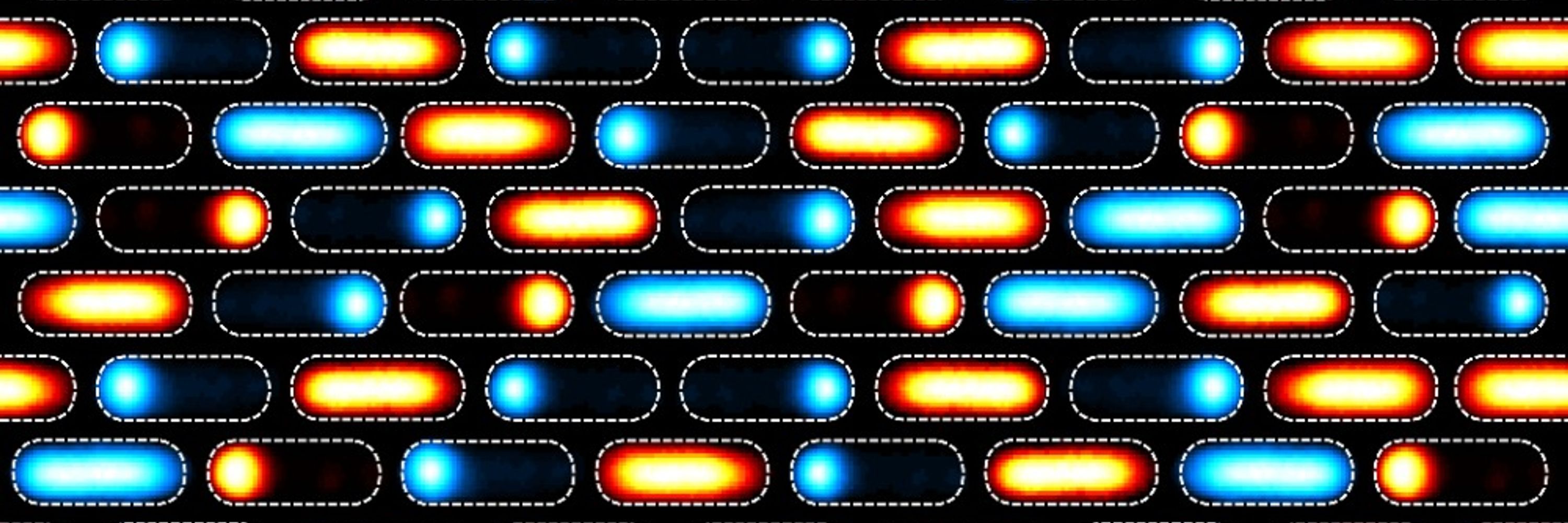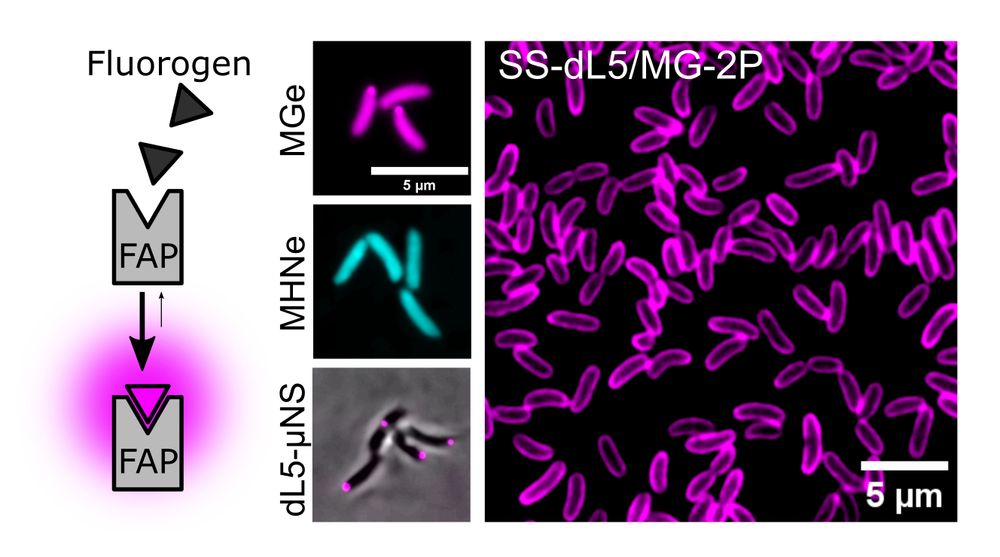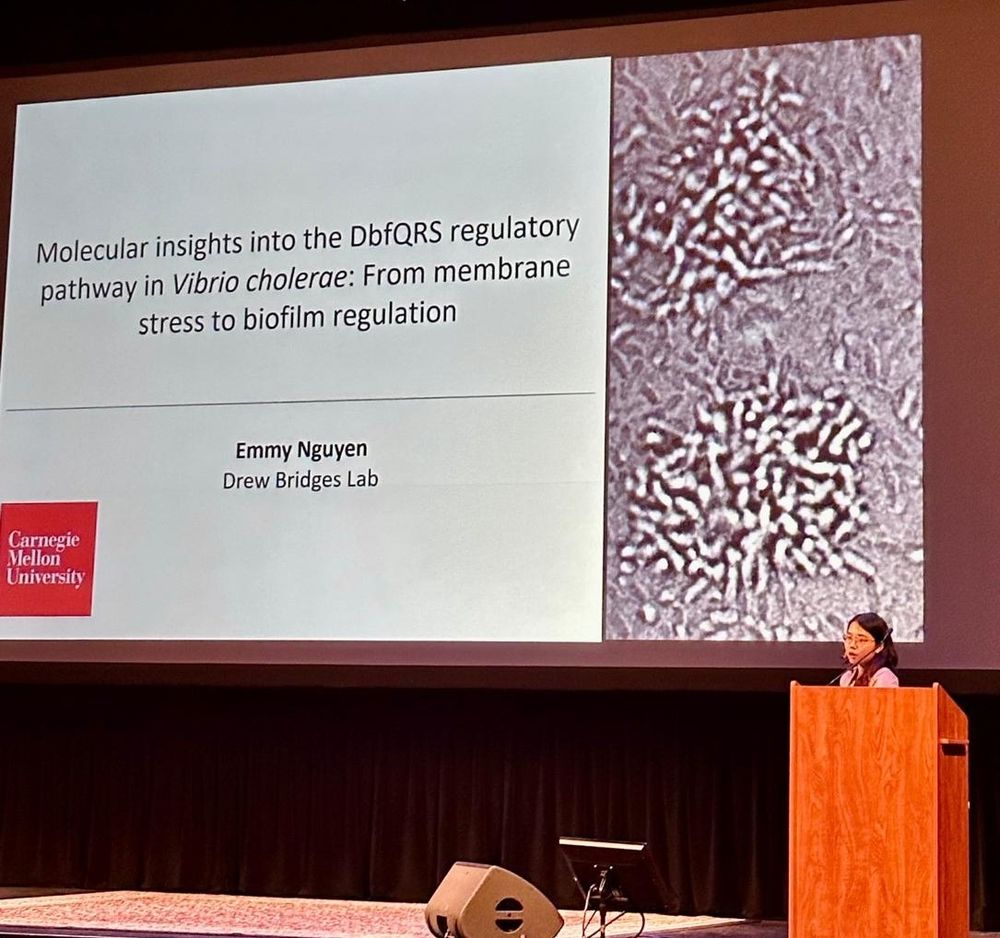Drew Bridges
@bridgesbio.bsky.social
1.8K followers
2.2K following
18 posts
Assistant Professor at Carnegie Mellon University Department of Biological Sciences. Fascinated by bacterial decision-making.
https://labs.bio.cmu.edu/bridges/
Posts
Media
Videos
Starter Packs
Pinned
Drew Bridges
@bridgesbio.bsky.social
· Mar 6
Reposted by Drew Bridges
Drew Bridges
@bridgesbio.bsky.social
· Nov 26
Reposted by Drew Bridges
Ákos T Kovács
@evolvedbiofilm.bsky.social
· Nov 19
Drew Bridges
@bridgesbio.bsky.social
· Nov 19
Reposted by Drew Bridges
Drew Bridges
@bridgesbio.bsky.social
· Nov 15
Drew Bridges
@bridgesbio.bsky.social
· Nov 13
Drew Bridges
@bridgesbio.bsky.social
· Nov 13
Reposted by Drew Bridges
Drew Bridges
@bridgesbio.bsky.social
· Nov 9
Reposted by Drew Bridges
Drew Bridges
@bridgesbio.bsky.social
· Nov 9
Reposted by Drew Bridges
Drew Bridges
@bridgesbio.bsky.social
· Nov 8
Drew Bridges
@bridgesbio.bsky.social
· Mar 6











